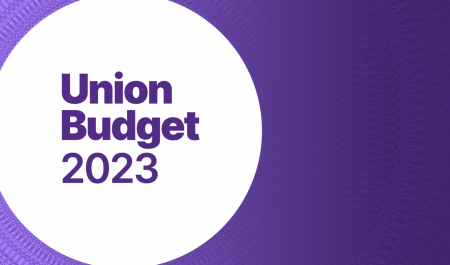You know how you ask papa cash for a taxi, movie, canteen food etc. Well, the government also needs cash flow to run the country. A large part of this cash flow comes from capital receipts. This is the money the government gets from various sources.
And based on the source there are 2 types of capital receipts:
1. Debt Capital Receipts
These are receipts that the government is obligated to repay with interest. Examples of such debt capital receipts are, loans from a foreign government, market loans, issuance of special securities to public-sector banks, issue of securities, short-term borrowings, treasury bills, securities against small savings, state provident funds, relief bonds, saving bonds, gold bonds, external debt, etc.
2. Non-Debt Receipts
Non-debt receipts are a type of capital receipts in which the government does not have the liability to repay back the amount because here the government sells one of its own assets like a company to get money. Almost 75 per cent of the total budget receipts are non-debt receipts.
Examples of non-debt capital receipts are recovery of loans and advances, disinvestment for example the recent Air India disinvestment project, issue of bonus shares, etc.
That’s a wrap on capital receipts. Wish to learn more about the Union Budget in a simple and easy to understand language? Just follow Upstox!


